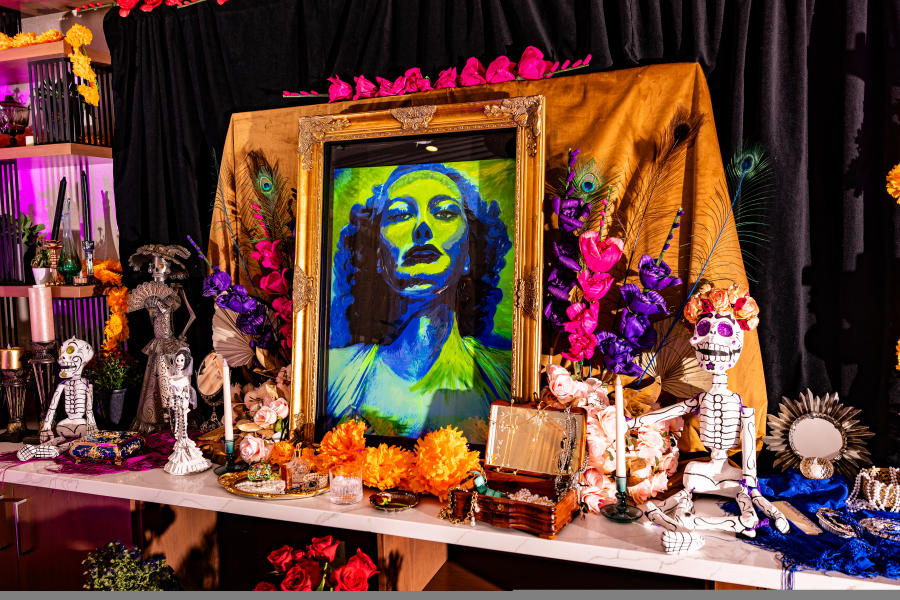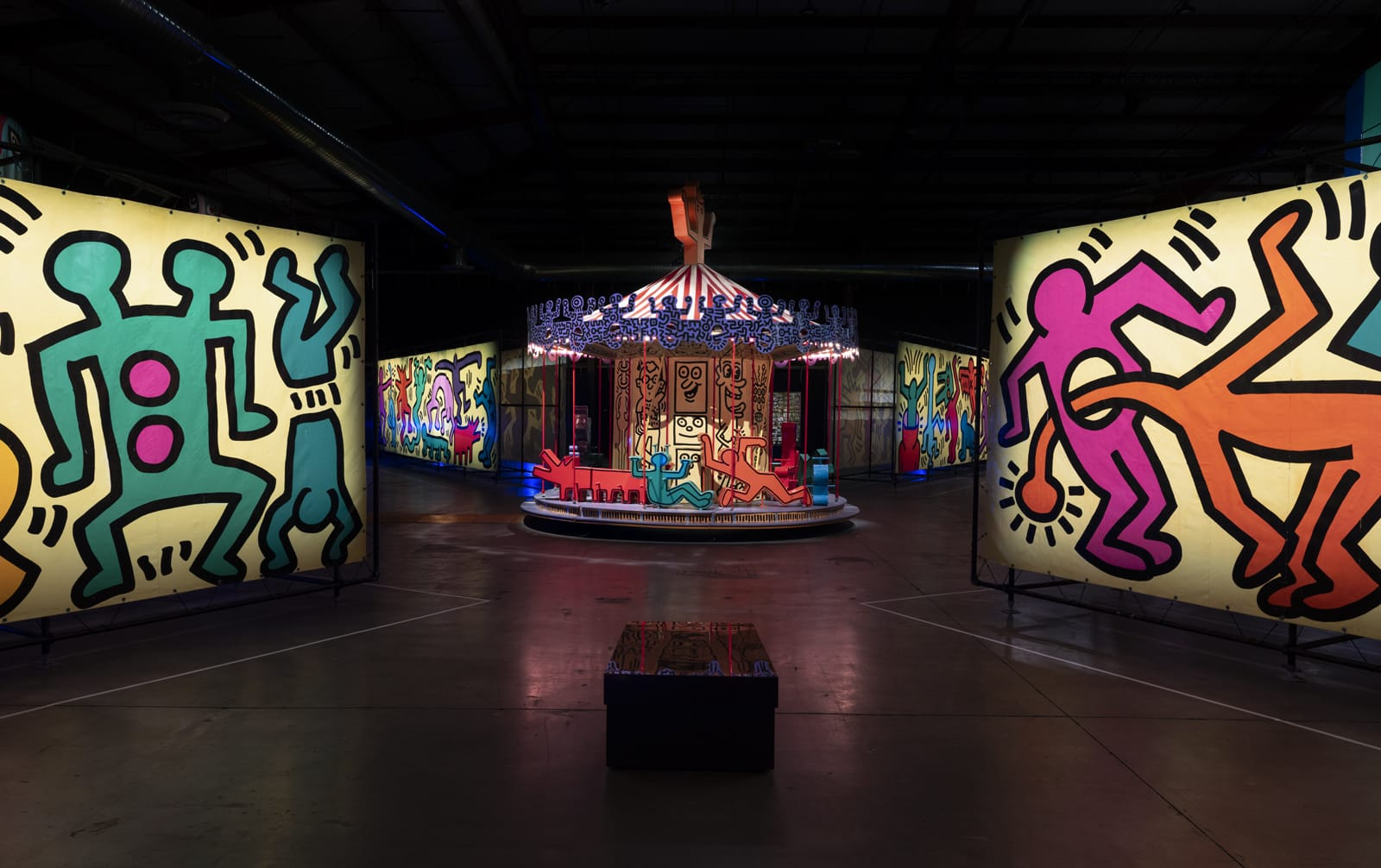Francis Ford Coppola’s The Godfather (1972) stands as a monumental achievement in cinematic history. Adapted from Mario Puzo’s best-selling novel, the film delves into the intricate world of the Corleone family, offering a profound exploration of power, loyalty, and the American Dream. Despite initial skepticism from Paramount Pictures, the film’s success not only salvaged the studio but also redefined the gangster genre, earning over $250 million at the box office and securing three Academy Awards, including Best Picture
The production of The Godfather was fraught with challenges. Coppola faced significant resistance from both the studio and real-life mafia figures, who were concerned about the film’s portrayal of organized crime. Additionally, casting decisions were contentious, particularly regarding Marlon Brando’s portrayal of Don Vito Corleone and Al Pacino’s casting as Michael Corleone. Despite these hurdles, Coppola’s vision prevailed, resulting in a film that is now regarded as a cinematic masterpiece.
Beyond its narrative and performances, The Godfather is celebrated for its technical brilliance. Cinematographer Gordon Willis’s use of lighting and composition created a moody, atmospheric aesthetic that has influenced countless filmmakers. The film’s score, composed by Nino Rota, further enhances its emotional depth, with the haunting main theme becoming iconic in its own right. The Godfather remains a touchstone in film history, studied and admired for its storytelling, direction, and technical achievements





